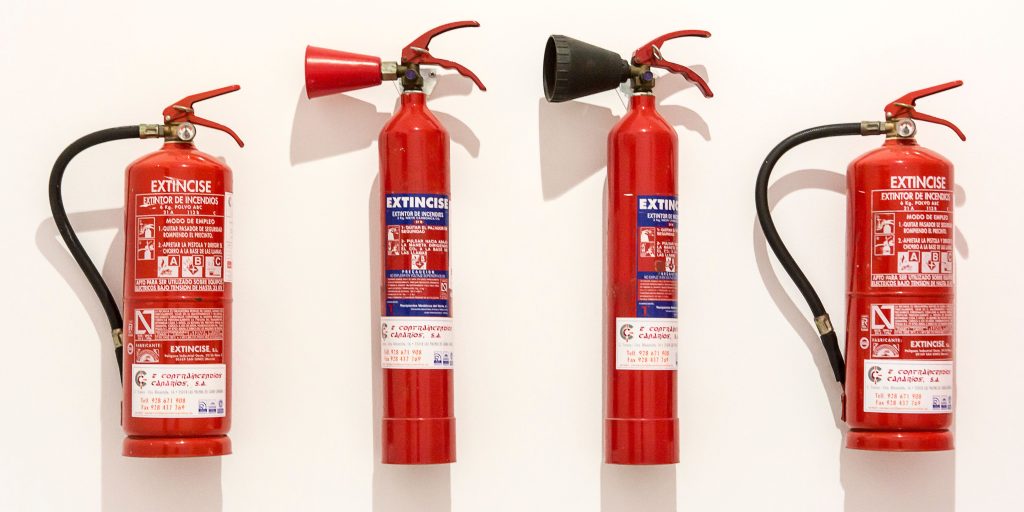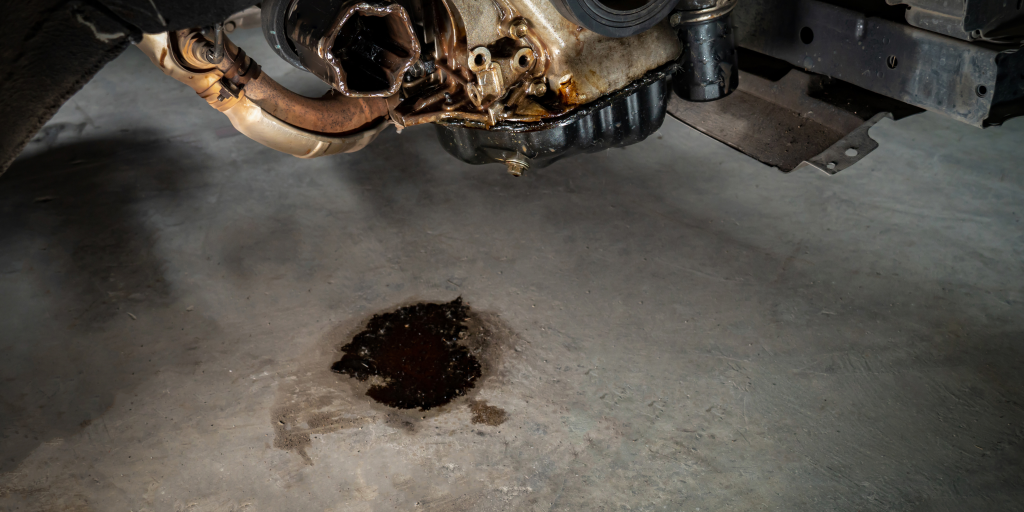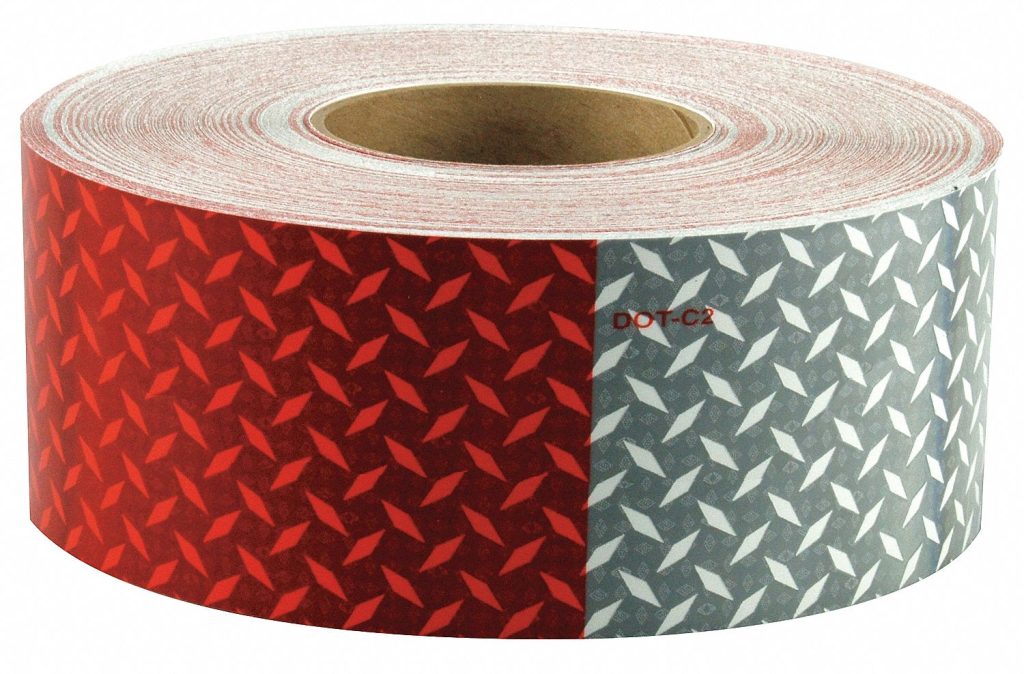

Top 20 Tips For Truck Pre-Trip Inspection
Pre-trip inspections are a critical part of a truck driver’s routine to ensure the safety and functionality of their vehicle.
Here are some key points to cover when discussing pre-trip inspections
1.Importance Of Pre-Trip Inspections
Emphasize the significance of pre-trip inspections in identifying potential issues before hitting the road.
These inspections help ensure that the truck is in optimal condition, reducing the risk of accidents, breakdowns, and cargo damage.
2.Pre-Trip Inspection Checklist
Provide a step-by-step checklist that drivers can follow during their inspections.
The checklist should cover essential components such as tires, brakes, lights, mirrors, fluids (oil, coolant, etc.), steering, suspension, coupling devices, and emergency equipment.
3.Tires

Discuss the importance of checking tire pressure, tread depth, and overall condition.
Adequate tire maintenance contributes to fuel efficiency, traction, and overall safety.
4.Brakes
Explain how to inspect the brake system, including air brakes if applicable.
This should include checking brake pads, drums or rotors, hoses, chambers, and ensuring proper air pressure.
5.Lights And Signals
Emphasize the need to check all lights and signals, including headlights, taillights, turn signals, brake lights, and clearance lights.
Discuss the importance of visibility for both the driver and other motorists.
6.Mirrors And Windows

Remind drivers to inspect all mirrors and windows for cracks, damage, and cleanliness.
Clear and properly adjusted mirrors are crucial for maintaining situational awareness on the road.
7.Fluid Levels
Explain how to check fluid levels such as oil, coolant, windshield washer fluid, and hydraulic fluid.
Adequate fluid levels contribute to optimal performance and prevent engine damage.
8.Coupling Devices
Discuss the inspection of fifth wheels, kingpins, and other coupling components.
These need to be in good condition to ensure proper trailer attachment and safe towing.
9.Emergency Equipment

Highlight the importance of inspecting emergency equipment such as fire extinguishers, reflective triangles, spare fuses, and first aid kits.
These items are crucial in case of emergencies or regulatory requirements.
10.Documentation
Remind drivers to document their pre-trip inspections accurately.
includes completing inspection reports, noting any defects or issues, and reporting them to the appropriate personnel.
11.Weather Considerations
Highlight the importance of considering weather conditions during pre-trip inspections.
Drivers should inspect wipers, defrosting systems, and other components that are particularly crucial during inclement weather.
12.Exterior Inspection

Emphasize the need to visually inspect the exterior of the truck, including the body, trailer, and undercarriage.
Drivers should look for signs of damage, corrosion, leaks, or loose components.
13.Interior Inspection
Discuss the inspection of the interior components, including the dashboard, gauges, controls, and seating.
It’s important to ensure that all interior systems and features are in proper working order.
14.Cargo Securement
Remind drivers to inspect the cargo and its securement devices.
They should verify that the load is properly distributed, secured, and meets all relevant safety regulations.
15.Fuel And Fluid Leaks

Stress the importance of checking for any signs of fuel or fluid leaks. These leaks can indicate potential issues that require immediate attention to prevent accidents and environmental hazards.
16.Batteries
Discuss the inspection of batteries, including the terminals, cables, and overall condition.
Properly functioning batteries are essential for starting the truck and powering various systems.
17.Horn And Horn Controls
Highlight the need to check the horn and its controls.
A functional horn is a crucial safety feature that enables effective communication with other drivers on the road.
18.Reflectors And Reflective Tape

Remind drivers to inspect reflectors and reflective tape on the truck and trailer.
These reflective elements enhance visibility and promote safety, especially during nighttime driving.
19.Tools And Equipment
Encourage drivers to carry essential tools and equipment for minor repairs or adjustments during their trips.
Discuss the importance of inspecting these tools to ensure they are in good working order.
20.Continuous Monitoring
Emphasize that pre-trip inspections are not a one-time activity.
Drivers should remain vigilant during their trips and continuously monitor the condition of the vehicle, addressing any emerging issues promptly.
Conclusion
It’s essential for drivers to receive proper training on conducting pre-trip inspections and to be aware of any specific inspection requirements set by their company or local regulations.
Regularly reinforcing the importance of pre-trip inspections can help instill a safety-conscious mindset in drivers.
It’s crucial to emphasize that pre-trip inspections should be conducted thoroughly, diligently, and in accordance with company policies and regulatory requirements.
Regular training and reinforcement of inspection procedures can help drivers maintain a consistent and disciplined approach to pre-trip inspections.
Add a comment Cancel reply
Categories
- Blog Posts (43)
- Buying Tips (5)
- Selling Tips (4)
- Truck Reviews (17)
Recent Posts
About us

Meet Percy, the blog editor who knows his semicolons from his emojis, and his coffee order by heart. He may spend most of his days glued to a computer screen, but don’t let that fool you – he is a superhero at midnight (as long as there’s enough caffeine involved). When he is not editing blog posts, you can usually find him daydreaming about his next snack break or planning his next witty tweet.
Related posts


How Warehouses Drive Logistics Efficiency

Truck Driver Scheduling Solutions









